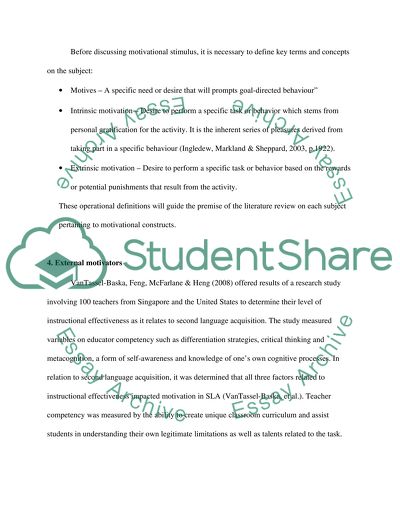Cite this document
(“Motivation As A Contributing Factor In Second Language Acquisition Essay”, n.d.)
Retrieved de https://studentshare.org/english/1391944-motivation-as-a-contributing-factor-in-second-language-acquisition
Retrieved de https://studentshare.org/english/1391944-motivation-as-a-contributing-factor-in-second-language-acquisition
(Motivation As A Contributing Factor In Second Language Acquisition Essay)
https://studentshare.org/english/1391944-motivation-as-a-contributing-factor-in-second-language-acquisition.
https://studentshare.org/english/1391944-motivation-as-a-contributing-factor-in-second-language-acquisition.
“Motivation As A Contributing Factor In Second Language Acquisition Essay”, n.d. https://studentshare.org/english/1391944-motivation-as-a-contributing-factor-in-second-language-acquisition.


